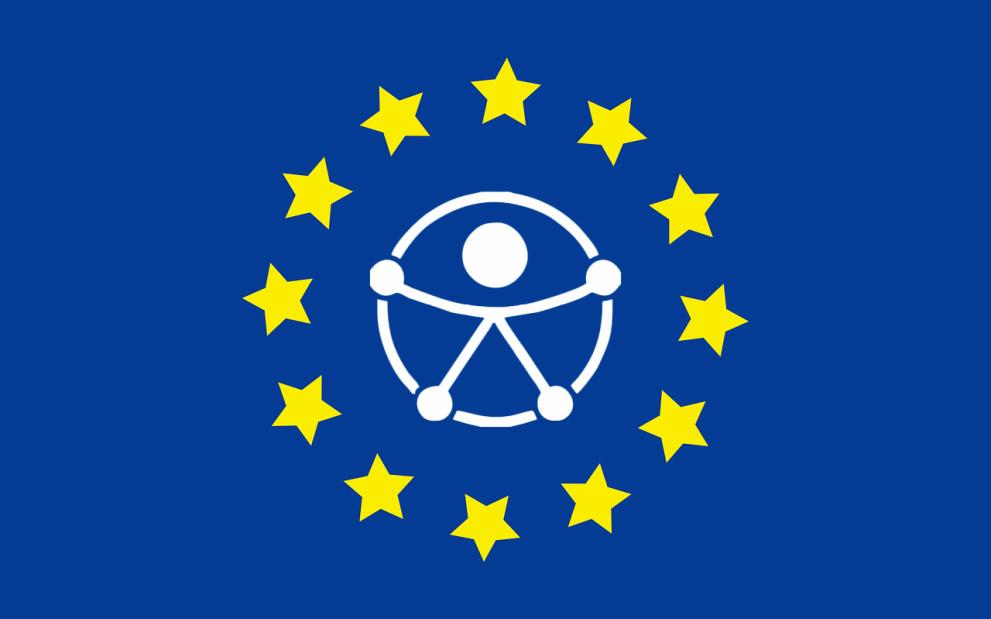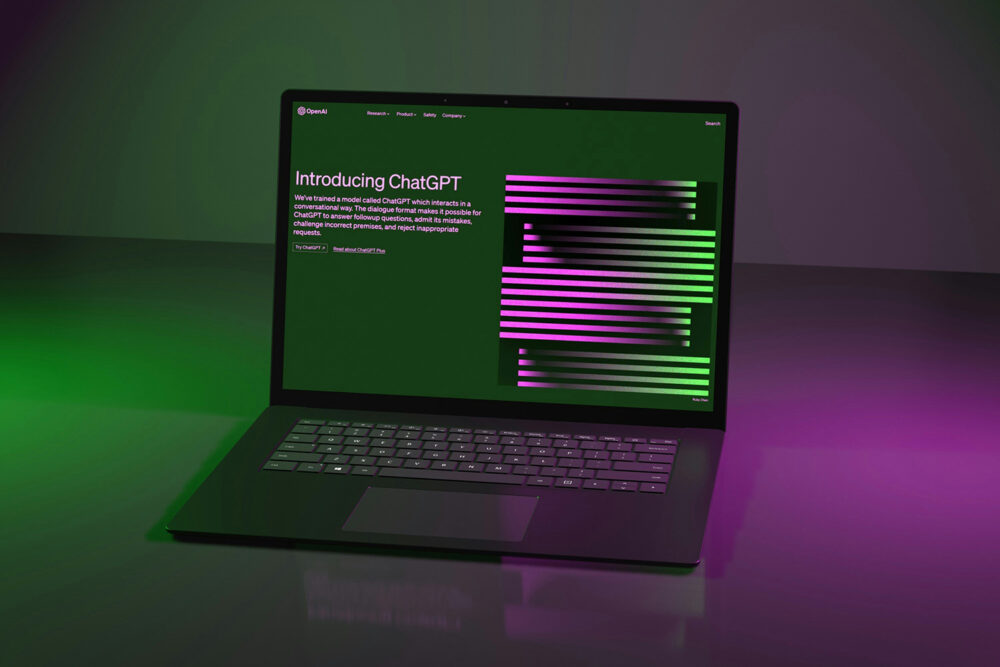The European Accessibility Act (EAA) will become law in all EU member states on 28 June 2025. This landmark piece of legislation aims to ensure equal access to digital products and services across all 27 countries in the European Union.
The EAA also applies to any organisation that trades with the EU—which includes us here at Outlook Creative.
As a creative agency, we proudly work with a number of clients across Europe. We’re also an organisation that’s committed to inclusivity; we strongly believe that transforming creative into reality—the ‘thing’ we hang our hat on—is only successful if everyone can enjoy our solutions.
So let’s dig a little deeper into what the European Accessibility Act is, why it matters and what we’ve been doing at Outlook Creative to make sure we’re part of a more inclusive future.
What is the EAA?
The EAA is a directive of the European Union which was initially passed in April 2019. Its purpose is to improve the accessibility of products and services across all Member States by removing barriers created by divergent rules.
The legislation covers areas that have been identified as ‘most important’ to people with disabilities, including computers and operating systems, smartphones, audio-visual media, e-commerce, banking and more.
There are four core principles that underpin the EAA’s accessibility criteria, known as the POUR model (perceivable, operable, understandable and robust).
Organisations have until 28 June 2025 to audit their existing materials and fix any identified issues in order to become compliant.
Why digital accessibility matters
In our increasingly digital world, access to information and services is not a luxury: it’s essential for being able to fully participate in society.
Put simply, it’s about inclusion. In our increasingly digital world, access to information and services is not a luxury: it’s essential for being able to fully participate in society.
It’s soon to be a legal requirement, but it’s always been an ethical one. Accessible websites and digital tools help make sure that people with visual, auditory, motor or cognitive impairments can move through the world without added barriers.
It’s also about universality. Accessible design practices benefit everyone. Think about the last time you watched a video with subtitles, used a voice assistant or adjusted the font size to make something easier to read. Many of us rely on accessibility features on a daily basis—they make our lives easier. What the EAA does is make improved user experience for everyone a legal requirement. And that can only be a good thing.

What we’re doing at Outlook Creative
Well, first and foremost, we’re not waiting until June. We’ve been busy behind the scenes reviewing, discussing and reviewing again to make sure we’re continuing to deliver accessible solutions for our clients.
Our preparations have taken three main tacks:
Internal training
Natalie from our UI team delivered a super-informative training session to our internal colleagues last autumn. We discussed the EAA, what it means for us at Outlook Creative and key things to look out for when creating accessible digital solutions.
Updates to systems & processes
To hold ourselves accountable, we’ve made an addition to our internal briefing tool. Now, any Seeker returning a piece of work must confirm that their designs comply with European accessibility standards.
Open conversations
Accessibility—digital or otherwise—is our shared responsibility. It’s also an ongoing process. By having conversations with our clients around inclusive design and making it an intrinsic part of how we measure the success of our work, we all contribute to making our world a fairer, more inclusive space.
Here’s to a future of digital design that can be enjoyed by everyone.
Need help getting your materials EAA-ready before June? We’re here to make sure your digital presence is compliant and inclusive. Get in touch and let’s chat.

